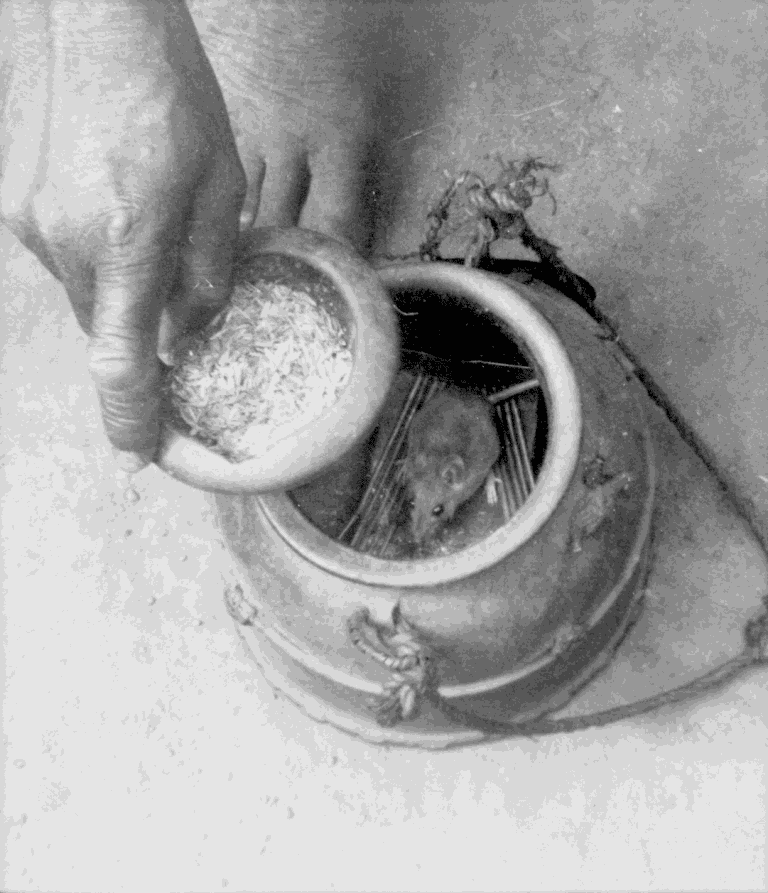
The term “gbekre” has long been used to designate the monkey figures of the Baule. In my book Baule Monkeys I tracked down the origin of this unfortunate appellation.
The word gbèkrè first appeared in a now little-known article written by Maurice Delafosse in 1897 for the Museum of Natural History in Paris[1]. Describing the animals indigenous to the Baule region, he noted that the baboon, Cynocephalus sphinx, was widely found throughout the area and was known as Gbèkrè or Wotoumo.
Under the heading of ‘religion and superstition’, Delafosse mentions the existence of two types of ‘idols’ in his Baule dictionary of 1900: waka akatya – in the form of a chimpanzee, and waka gbèkrè – in the form of a baboon[2]; in both cases wakamay be translated as ‘wood’[3]. Akatya is not mentioned later and seems to have been forgotten, perhaps because the heads of so many such figures were indeed more reminiscent of a baboon[4]. The same dictionary mentions two other uses of the word gbekre, namely the differently pronounced gbékré (mouse) and gbekre-sè (mouse box).
However, a better-known publication by Delafosse is at the root of the misunderstanding that has persisted to the present. In his article on the art of the Baule published in 1900, he identified gbèkrèas the ‘baboon god’ in the subsection entitled ‘Génies’[5]. Consequently, every apelike Baule figure would be referred as gbekre (without diacritics) in the literature. As early as 1956, Holas wrote in the introduction to his article on Baule bowl-bearing figures that, owing to Delafosse’s 1900 article, such figures were wrongly described as gbèkré [6] (note, however, that Holas was also imprecise in his use of diacritics). Despite its having been long known to be erroneous, this term is still prevalent in 2016.
With or without diacritics, gbekre always means ‘mouse’ and should be avoided when referencing Baule bowl-bearing monkey figures. If you want to discover how we should call these statues, you’ll have to read the book :) You can order it here.
[1] Delafosse, 1897: pp. 193–197.
[2] Delafosse, 1900b: p. 31. There was little room in that dictionary for discussing the use of these figures.
[3] Waka sona or waka sran is Baule for ‘statue’.
[4] According to Boyer, akatya (or kakatiwa) is the name of a bush spirit (personal communication, 8 December 2014).Interestingly, Kakatika was a common name for bush spirits in the Akwe area (personal communication with Susan M. Vogel, 3 August 2015).
[5] Delafosse, 1900a: p. 556
[6] Holas, 1956: p. 408.